
Its castellated Gothic gate standing silently a few blocks off of Montana Avenue south of downtown Helena, Forestvale Cemetery was established, at the end of a trolley line, in 1890. Montana has just become a state and Helena would soon enough become the permanent state capitol. The cemetery is the final resting place for town and state founders, pioneers, and the hundreds of workers, merchants, ranchers, and mechanics who shaped Helena’s history for over 100 years.

As the interpretive marker at the entrance cemetery notes, the cemetery came into public ownership in 1991 and has been listed in the National Register of Historic Places. It “was designated as a ‘Rural Park,’ a place to walk through Montana history.”

I would agree fully with that assertion. When I moved to Montana in 1981 my first abode was the Chessman Flats, a Victorian row house converted to apartments next to the Original Governor’s Mansion. I soon sought out Chessman’s final resting place, a sizable family plot shown above. I also discovered the graves of many famous late 19th century Montanans who I was just learning about. Samuel Hauser, the banker and early territorial governor, is buried here in another family plot.


The Fergus family was another name I recalled, especially with the proud designation of “Pioneers 1862”. Several markers, like that for the Ecler family below, note the final resting place of that first generation of settlers in the Big Sky Country. Nor is Hauser the

only governor to be buried here. Tim Babcock, a late 20th century governor, is buried with a marker that outlines the state of Montana, a fitting tribute.

The Nicolas family plot is one of the view, compared to the many at Benton Avenue Cemetery, to be outlined by a low metal fence. But Forestvale also has a handful of the distinctive hollowed press metal grave markers, like the flamboyant combination of classical and Victorian motifs of the Leslie family marker.



The pressed metal markers for the Leslies are just the beginning of the Victorian funerary art represented at Forestvale. As shown below there is the Richardsonian Romanesque grave house memorial for the Brown family and the cut-off limbs monument for Mary Love Stoakes, who died in 1889.
Beautiful statuary is reflected in the grave marker for Lillian Stoakes Cullen, who died in 1897.

But as is obvious in the background of the photographs above, the great majority of the grave markers at Forestvale are much more restrained, rectangular slabs of rock, respectful but minus the Victorian flourish.

At the rear of the cemetery markers are missing, or are small and unadorned. In the far corner is a later memorial to at least 22 children who died at the Montana Children’s Home and Hospital from 1917 to 1932.

The cemetery’s interpretive marker noted that at Forestvale “There was never any prejudice as to creed or color.” That is not true, outside the north fence of the cemetery is a grave yard for Chinese residents of Helena. This section is not well kept, and judging from the number of depressions, the number of people buried here could be sizable.




A summer 2018 story in the Helena Independent Record told of a new local effort to identify the number of graves in this section and to begin a process to right a wrong. Certainly the present condition is unacceptable, and hopefully steps will finally take place to place the “Chinese section” into the publicly owned and maintained cemetery.






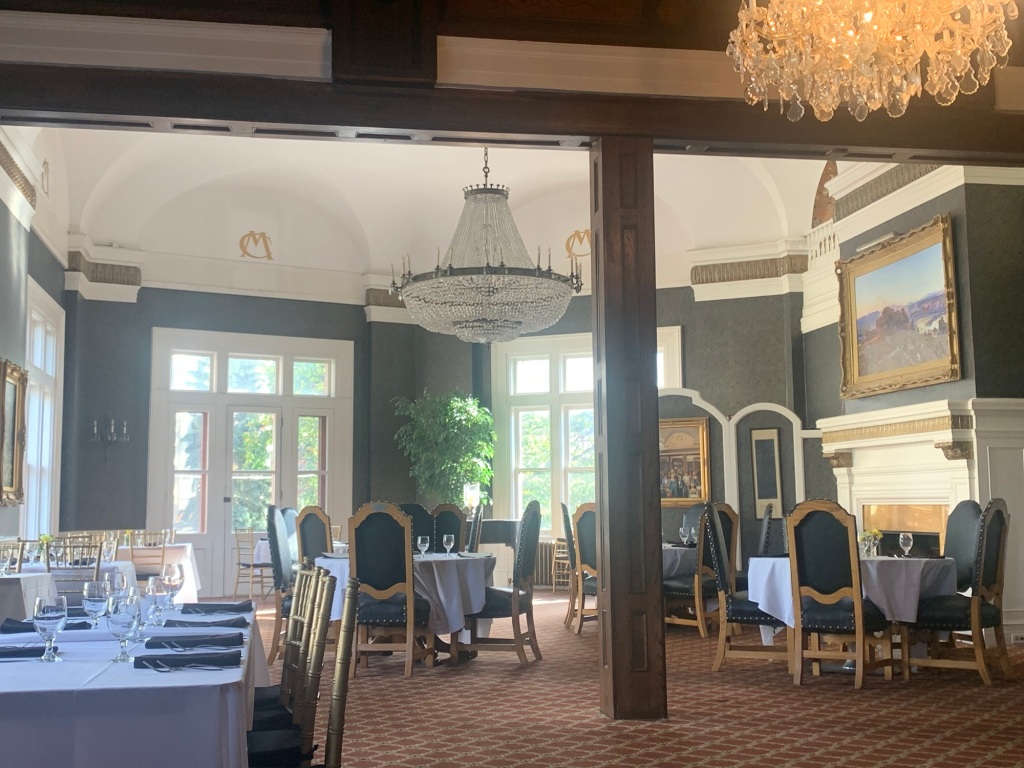





























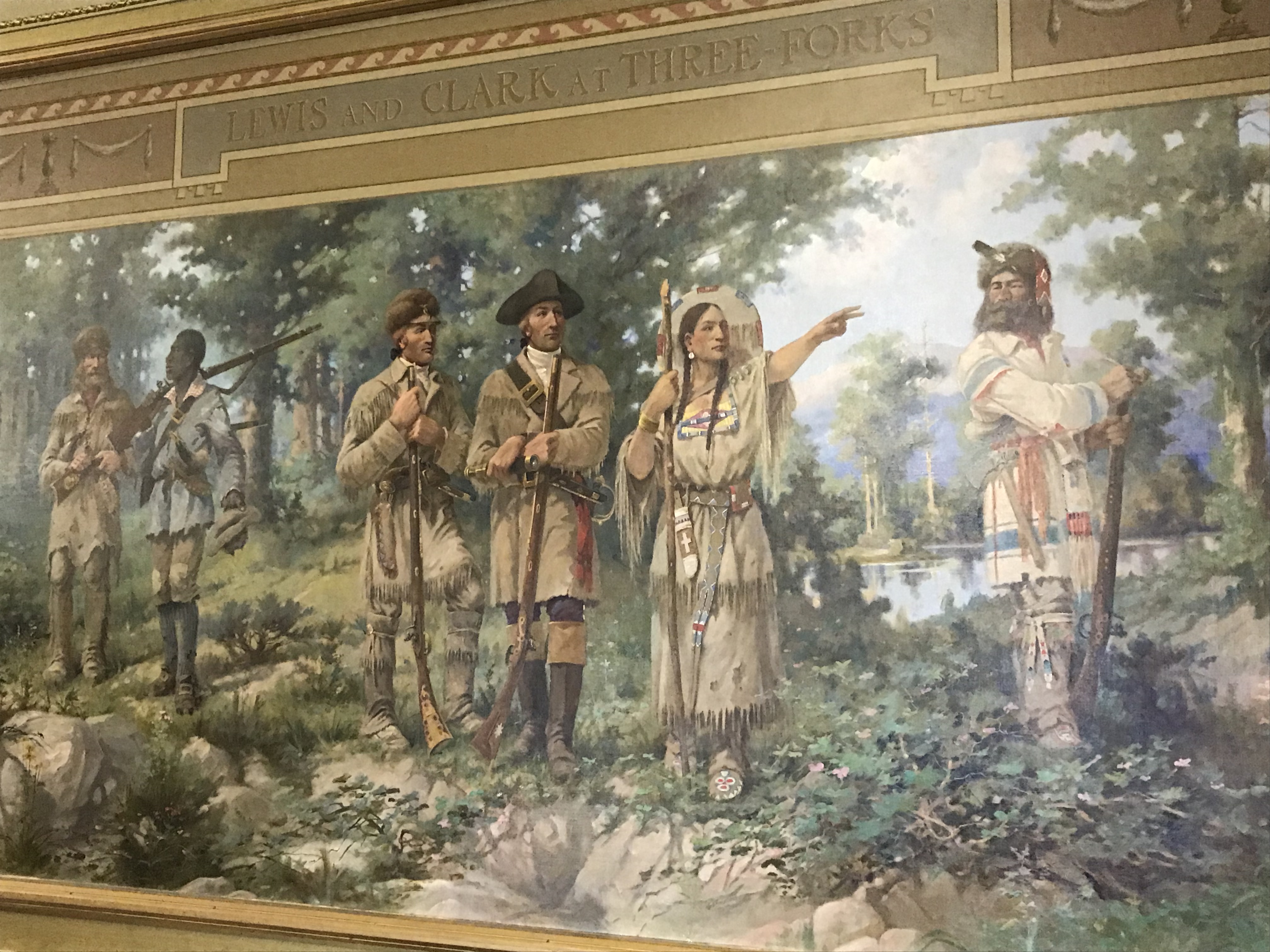









 Standing quietly next to Forestvale Cemetery is Helena’s Odd Fellows Cemetery, formed in 1895 when several local lodges banded together to create a cemetery for its members. Most visitors to Forestvale probably think of this cemetery as just an extension of Forestvale but it is very much its own place, with ornamental plantings and an understated arc-plan to its arrangement of graves.
Standing quietly next to Forestvale Cemetery is Helena’s Odd Fellows Cemetery, formed in 1895 when several local lodges banded together to create a cemetery for its members. Most visitors to Forestvale probably think of this cemetery as just an extension of Forestvale but it is very much its own place, with ornamental plantings and an understated arc-plan to its arrangement of graves.

 Compared to Forestvale, there are only a handful of aesthetically imposing grave markers, although I found the sole piece of cemetery furniture, the stone bench above, to be a compelling reminder of the reflective and commemorative purpose of the cemetery.
Compared to Forestvale, there are only a handful of aesthetically imposing grave markers, although I found the sole piece of cemetery furniture, the stone bench above, to be a compelling reminder of the reflective and commemorative purpose of the cemetery. One large stone monument, erected in the 1927 by the Rebekah lodges (for female members) of the town, marks the burial lot for IOOF members who died in Helena’s Odd Fellows Home, a building that is not extant. The memorial is a reminder of the types of social services that fraternal lodges provided their members, and how fraternal lodges shaped so much of Helena’s social and civic life in the late 19th and early twentieth century. Helena’s Odd Fellows Cemetery is a significant yet overlooked contributor to the town’s and county’s historic built environment.
One large stone monument, erected in the 1927 by the Rebekah lodges (for female members) of the town, marks the burial lot for IOOF members who died in Helena’s Odd Fellows Home, a building that is not extant. The memorial is a reminder of the types of social services that fraternal lodges provided their members, and how fraternal lodges shaped so much of Helena’s social and civic life in the late 19th and early twentieth century. Helena’s Odd Fellows Cemetery is a significant yet overlooked contributor to the town’s and county’s historic built environment.

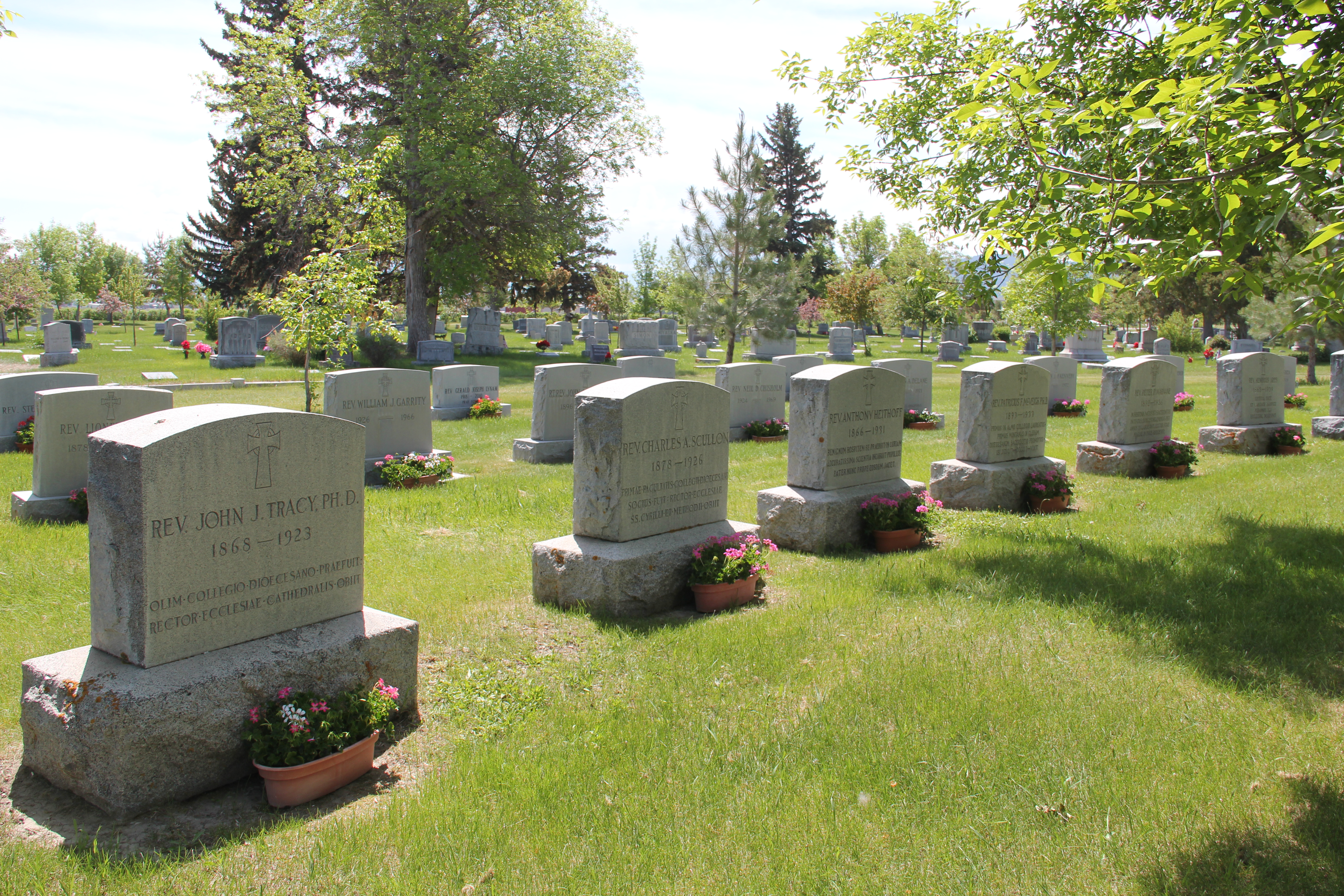







 Another compelling marker with statuary is that of another young woman rendered in marble, a memorial to James and Catherine Ryan.
Another compelling marker with statuary is that of another young woman rendered in marble, a memorial to James and Catherine Ryan.













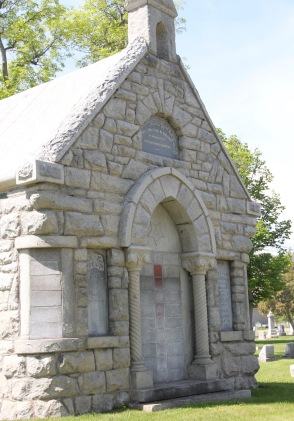









 But my visit on Memorial Day 2018 left me with the feeling that the cemetery is an under-appreciated historic property. There are no signs of true neglect, but it was so quiet on Memorial Day that I did think the place had become an almost forgotten historic asset–an afterthought in today’s busy world. I hope not–because this cemetery has many jewels to explore and appreciate. Perhaps the most striking–certainly most rare to see–are the cast iron baskets–or bassinets, see below, that surround two children’s graves.
But my visit on Memorial Day 2018 left me with the feeling that the cemetery is an under-appreciated historic property. There are no signs of true neglect, but it was so quiet on Memorial Day that I did think the place had become an almost forgotten historic asset–an afterthought in today’s busy world. I hope not–because this cemetery has many jewels to explore and appreciate. Perhaps the most striking–certainly most rare to see–are the cast iron baskets–or bassinets, see below, that surround two children’s graves.

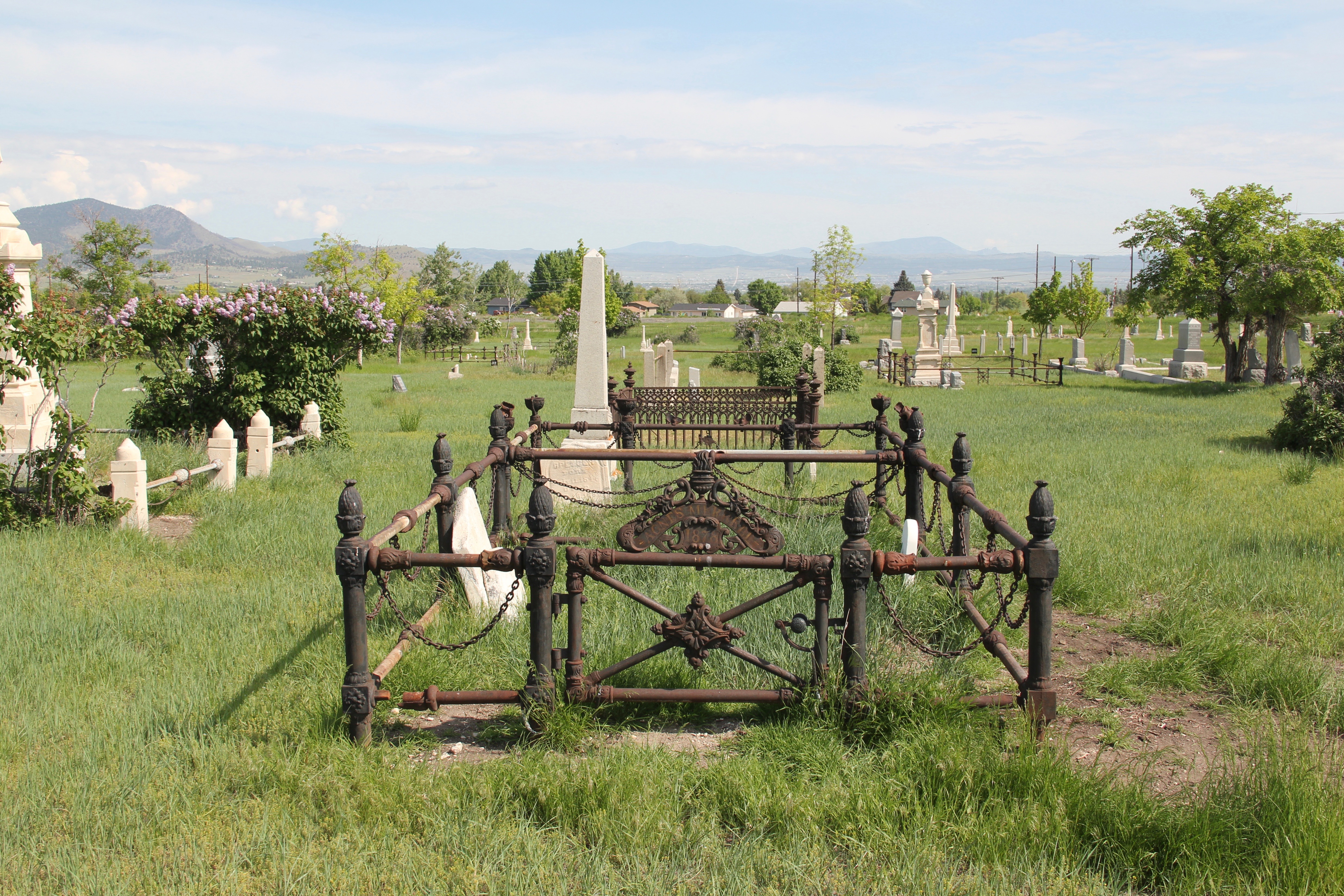 plots–certainly the ironwork was a status symbol in the late 19th century and there is no one statement. Families adorned their graves with fences much as they surrounded their houses in the nearby neighborhoods.
plots–certainly the ironwork was a status symbol in the late 19th century and there is no one statement. Families adorned their graves with fences much as they surrounded their houses in the nearby neighborhoods.







 Benton Avenue Cemetery is worth a new consideration for its many different forms, materials, and designs. When I lived in Helena some thirty-five years ago, I gave it scant attention–it deserves so much more.
Benton Avenue Cemetery is worth a new consideration for its many different forms, materials, and designs. When I lived in Helena some thirty-five years ago, I gave it scant attention–it deserves so much more.



 The date of most markers are from the late 19th century to the early 20th century. Mostly made of granite and sandstone, with some marble as well, the grave markers reflect Victorian styles and Classical influences. Herman Gans’ marker from 1901, seen below, is a mixture of both.
The date of most markers are from the late 19th century to the early 20th century. Mostly made of granite and sandstone, with some marble as well, the grave markers reflect Victorian styles and Classical influences. Herman Gans’ marker from 1901, seen below, is a mixture of both.


 The looming presence of the school grounds is a worry for future preservation of the cemetery–could it be possibly overlooked, ignored, and abandoned? One online resource about the cemetery remarks that there are more Jews buried in the cemetery than live in Helena today. But this sacred place is a powerful reminder of the contributions of the Jewish community to Helena’s growth and permanence. Listed in the National Register of Historic Places, the cemetery should be valued as one of the city’s oldest and most significant historic properties.
The looming presence of the school grounds is a worry for future preservation of the cemetery–could it be possibly overlooked, ignored, and abandoned? One online resource about the cemetery remarks that there are more Jews buried in the cemetery than live in Helena today. But this sacred place is a powerful reminder of the contributions of the Jewish community to Helena’s growth and permanence. Listed in the National Register of Historic Places, the cemetery should be valued as one of the city’s oldest and most significant historic properties.